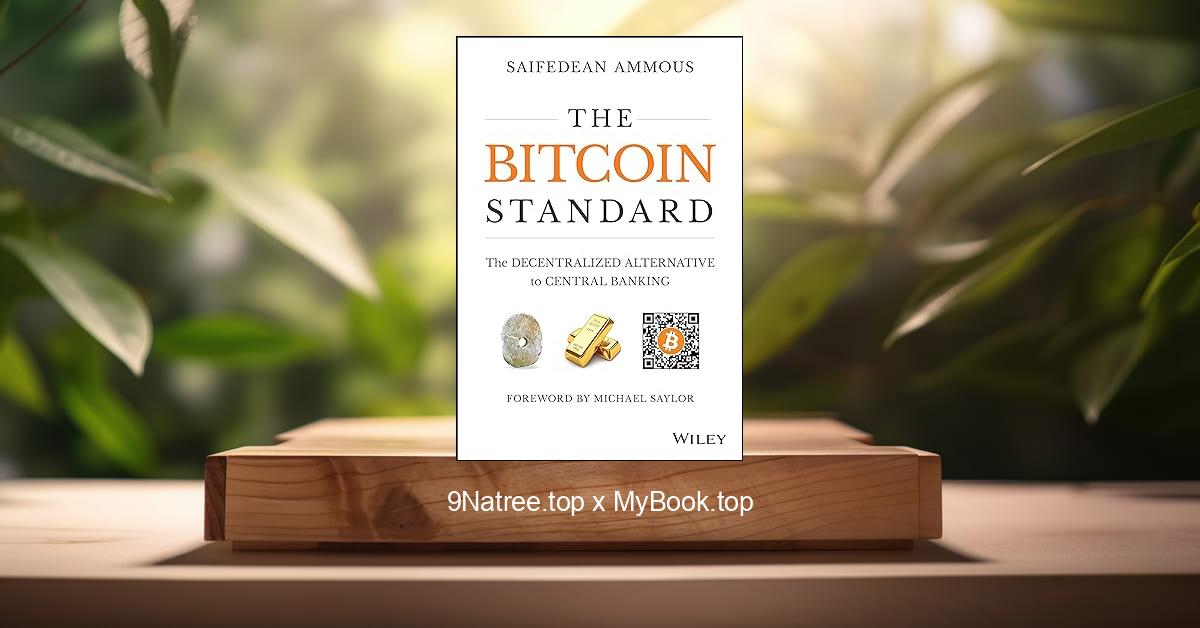Show Notes
The book information.
Buy on Amazon: https://www.amazon.com/dp/B00IZP6EVQ?tag=9natree-20
Read more: https://mybook.top/read/B00IZP6EVQ/
#CognitiveBiases #DecisionMaking #RationalThinking #BehavioralEconomics #CriticalThinking #Psychology #RolfDobelli
These are takeaways from this book.
Firstly, The Illusion of Control, The illusion of control is a cognitive bias that leads individuals to believe they can influence outcomes, even when they have no power over them. Dobelli uses examples from gambling to stock market investments to illustrate how people overestimate their ability to control events. By understanding this bias, individuals can learn to distinguish between situations they can influence and those they cannot, leading to more grounded and realistic expectations. Recognizing the illusion of control can significantly reduce stress and lead to better decision-making, as it encourages us to focus our energies on areas where we truly can make a difference.
Secondly, The Anchoring Effect, The anchoring effect describes our tendency to rely too heavily on the first piece of information (the 'anchor') we receive about a topic when making decisions. Dobelli explains how this cognitive bias can skew our judgment in everything from salary negotiations to buying a car. By being aware of the anchoring effect, individuals can strive to gather more information and consider additional perspectives before making a decision. Understanding and mitigating the anchoring effect enables better, more informed decision-making, free from the constraints of initial, potentially misleading impressions.
Thirdly, The Confirmation Bias, The confirmation bias is our tendency to search for, interpret, favor, and recall information in a way that confirms our preexisting beliefs or hypotheses. Dobelli highlights how this bias can lead to skewed perceptions and decisions, as it filters out contradictory information. overcoming the confirmation bias involves actively seeking out and considering opposing viewpoints and information. By cultivating an openness to new information and contradicting evidence, we can make more balanced and accurate assessments, leading to better decision-making.
Fourthly, The Sunk Cost Fallacy, The sunk cost fallacy is the tendency to continue investing in a project or decision purely because we have already invested resources into it, regardless of the current or future costs and benefits. Dobelli demonstrates how this fallacy can trap individuals and organizations into escalating commitments, leading to further losses. Recognizing and avoiding the sunk cost fallacy can lead to more rational decision-making by evaluating current and future prospects without the bias of past investments. This awareness enables individuals and businesses to cut their losses and make more strategic decisions moving forward.
Lastly, The Overconfidence Effect, The overconfidence effect is a well-documented bias where a person's subjective confidence in their judgments is reliably greater than their objective accuracy. Dobelli discusses how this effect leads individuals to overestimate their knowledge, abilities, and control over events. By understanding the nature and implications of overconfidence, individuals can begin to evaluate their abilities and knowledge more realistically, leading to more accurate judgments and better risk assessment. Recognizing one's limitations and seeking advice or additional information when needed can mitigate the negative effects of overconfidence.
In conclusion, ‘The Art of Thinking Clearly’ by Rolf Dobelli serves as an essential read for anyone looking to improve their decision-making and critical thinking skills. By shedding light on common cognitive biases and offering strategies to mitigate their effects, Dobelli provides valuable insights that can lead to more rational and effective thinking. This book is particularly beneficial for professionals in decision-making roles, students, and anyone interested in psychology and behavioral economics. Reading ‘The Art of Thinking Clearly’ could significantly enhance one's quality of life by promoting clearer thinking, better decision-making, and a deeper understanding of the cognitive biases that shape our perceptions and actions.
![[Review] The Art of Thinking Clearly (Rolf Dobelli) Summarized](https://episodes.castos.com/660078c6833215-59505987/images/1699890/c1a-085k3-1xgg0z9dt9wd-x4fsnu.jpg)




